At the Santa Monica Planning Commission tonight, Apple is believed to be proposing a dramatic new Apple Retail Store on the Third Street Promenade in Santa Monica, California. As first noted by Curbed, the proposal is from an unnamed retailer who is seeking to construct a new 8,084 square foot commercial building in the place of an existing three story Borders Bookstore.
The applicant is listed as "Howard Robinson" and the property owner as ASB/Blatteis Promenade Holdings, LLC, but one look at the renderings (above and below), and it's clear that this is an Apple Retail store project.

The proposal (PDF) is for a one-story, 34-foot high commercial building with an "expansive floor-to-ceiling height accentuated by a transparent glass ceiling." The front will be entirely glass that will project from stone paneled side walls. A 5,210 sq foot basement will also be included.
The applicant also intends to implement a transportation program for employees to travel to and from the store using alternative modes of transportation. Full-time employees will be offered $100 monthly transit subsidy and a $20/month bicycle reimbursement subsidy as well as bicycle parking in the basement level.
Apple has been making some major upgrades to their retail stores in the recent months. Their 5th Avenue Store in New York is undergoing a $6.6 million upgrade while a new Grand Central project has also been making headlines.
Apple, of course, already has an Apple Retail store on Santa Monica's Third Street Promenade, but it has been said to get very crowded on weekends, so this may represent an upgrade and replacement to the existing store.



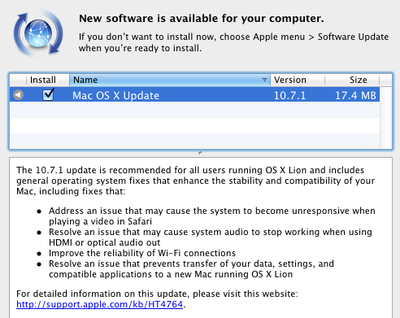



 Following up on the interest generated by
Following up on the interest generated by  Apple and Starbucks have expanded their music partnership to offer free apps as well. The coffee chain is
Apple and Starbucks have expanded their music partnership to offer free apps as well. The coffee chain is 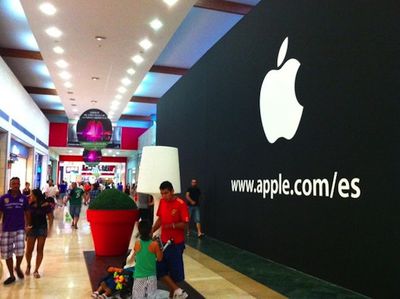
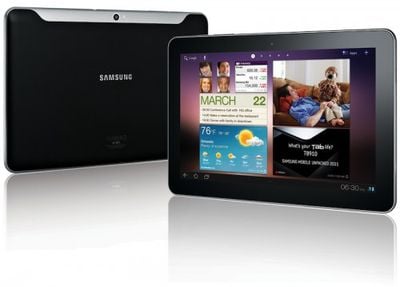






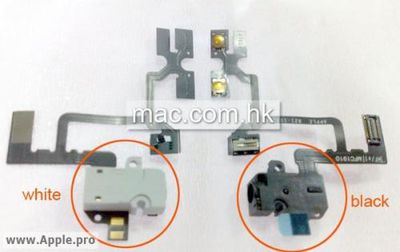

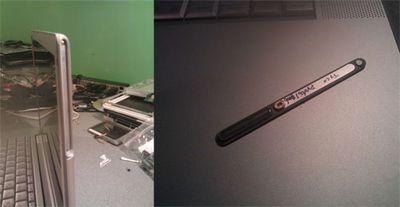




 Several MacRumors readers have informed us that wireless carrier O2 has sent out notices to its retail stores announcing that it will be beginning a three-week process to change out the iPhone displays in its UK stores ahead of the launch of the iPhone 5.
Several MacRumors readers have informed us that wireless carrier O2 has sent out notices to its retail stores announcing that it will be beginning a three-week process to change out the iPhone displays in its UK stores ahead of the launch of the iPhone 5.









